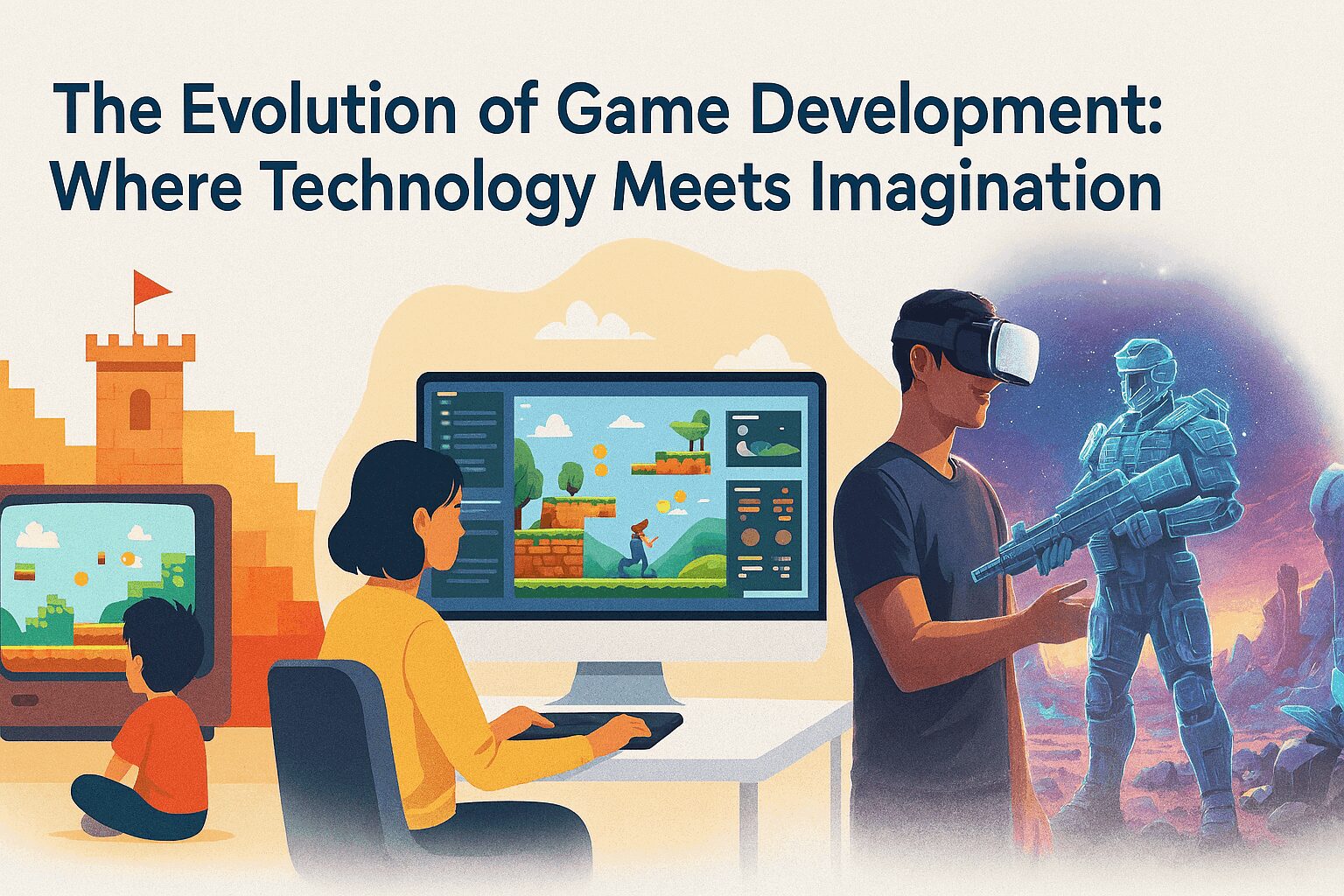Game development has always been a fascinating interplay between technological progress and human creativity. In the early days, developers worked with limited resources, crafting experiences from simple pixels and basic mechanics. Titles like Pong or Space Invaders were groundbreaking not because of their complexity, but because they captured imagination with minimal tools.
As the industry matured, the scope of development expanded. Studios began to collaborate globally, outsourcing certain aspects of production to specialized partners. This allowed developers to focus on innovation while leveraging external expertise for efficiency and scale. Many of these collaborations are shaping the industry today, as highlighted in resources such as https://www.linkedin.com/pulse/best-game-development-outsourcing-companies-2026-industry-observer-tzige/ . The rise of outsourcing reflects how technology and imagination are no longer confined to a single studio, but are shared across a worldwide network of creators.
The Technological Leap
The transition from 2D to 3D graphics marked one of the most significant milestones in gaming history. Suddenly, developers could craft immersive environments that felt alive, with depth, perspective, and realism. Engines like Unity and Unreal democratized access to these tools, enabling both indie developers and AAA studios to experiment with ambitious ideas.
Key technological breakthroughs that reshaped the industry include:
- 3D graphics engines that enabled realistic environments and dynamic perspectives
- Artificial intelligence for smarter NPCs and adaptive gameplay
- Procedural generation to create vast, unpredictable worlds
- Cloud computing that supports scalable multiplayer experiences
Artificial intelligence further transformed gameplay. NPCs evolved from predictable patterns to dynamic characters capable of adapting to player behavior. Procedural generation introduced endless possibilities, allowing developers to create vast worlds that surprise even their own creators. Technology became not just a tool, but a co‑author in the storytelling process.
Imagination as the Driving Force
Despite technological breakthroughs, imagination remains the soul of game development. Technology provides the canvas, but creativity paints the picture. Games like Journey, Celeste, or Undertale prove that emotional resonance often outweighs graphical fidelity. Players remember how a game made them feel more than how many polygons were rendered on screen.
Narrative design has become central to this evolution. Developers now weave complex storylines, moral dilemmas, and emotional arcs into gameplay. The fusion of interactive mechanics with storytelling creates experiences that rival literature and cinema in their impact. Imagination ensures that technology serves a purpose beyond spectacle—it connects players to worlds that feel personal and meaningful.
The Rise of Collaboration
Modern game development is rarely a solitary endeavor. Studios collaborate across continents, combining technical expertise with artistic vision. Outsourcing companies, middleware providers, and freelance specialists contribute to every stage of production—from concept art and animation to quality assurance and live operations.
This collaborative model accelerates innovation. A small indie team can now access world‑class animation or sound design without building an in‑house department. AAA studios can scale production efficiently by partnering with external teams. The result is a more diverse ecosystem where imagination thrives because technology and talent are shared resources.
Looking Ahead: The Future of Play
The next frontier of game development lies at the intersection of emerging technologies and boundless imagination. Virtual reality and augmented reality promise to dissolve the boundaries between player and world, creating experiences that feel truly immersive. Cloud gaming is reshaping accessibility, allowing players to enjoy high‑quality titles without expensive hardware.
Meanwhile, advances in AI are opening new doors for personalized storytelling. Imagine a game that adapts its narrative to your emotional responses, crafting a unique journey for every player. This is not science fiction—it is the trajectory of modern development.
Yet, amidst all these innovations, imagination remains irreplaceable. Technology can simulate realism, but only creativity can inspire wonder. The evolution of game development is not a linear march of progress; it is a dance between machines and minds, where each step forward is guided by both technical ingenuity and artistic vision.
